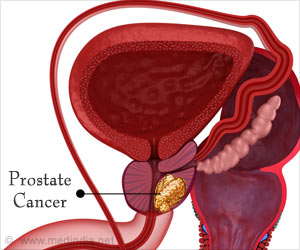There were no changes in the number of seniors who got opioids after surgery, but the doses they were prescribed were less than before.
“While it’s good news that the doses in opioid prescriptions are being reduced, the fact that the actual number of opioid prescriptions filled has remained the same shows there is still an opportunity for improvement,” said Naheed Jivraj, MBBS, MS, FRCPC, lead author of the study and a critical care medicine fellow at the University of Toronto, Ontario. “That’s particularly true for procedures associated with low postoperative pain that can be effectively controlled with non-opioid medications such as acetaminophen and non-steroidal anti-inflammatory drugs (NSAIDs).”
‘The increase in seniors filling non-opioid prescriptions and the lower opioid dose may reflect the development of surgery-specific prescribing guidelines and the increasing use of anesthesiologist-championed Enhanced Recovery After Surgery protocols and other programs that focus on improving patient outcomes.’
To assess trends in filling pain prescriptions in the week after surgery, the researchers studied the records of 278,366 patients representing all adults in Ontario older than 65 who had one of 14 surgical procedures between 2013 and 2019. The surgical procedures in the study included: thyroid removal, appendix removal, hernia repair, laparoscopic or open removal of the gallbladder, removal of the prostate, open-heart surgery, laparoscopic or open colon removal, laparoscopic vaginal or abdominal hysterectomy, removal of the breast, hip replacement and knee replacement.
They identified an increase in patients filling non-opioid prescriptions (e.g., acetaminophen or NSAID) from 9% in 2013 to 28% in 2019. They found most patients also continued to receive a prescription that contained an opioid 76% in 2013 and 75% in 2019. However, the dose of the opioid prescriptions decreased, from an average of 317 MME (morphine milligram equivalent) in 2013 to an average of 260 MME in 2019.
Advertisement
Most patients undergoing procedures such as removal of the appendix or thyroid can get pain relief from acetaminophen or an NSAID; however, few patients who had these procedures filled prescriptions for those non-opioid alternatives, researchers noted.
“Our study highlights how pain management practices are changing after surgery,” said Dr. Jivraj.
Source: Eurekalert
Advertisement



